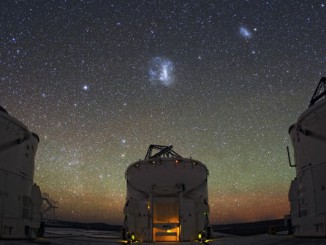
Dark Energy Survey

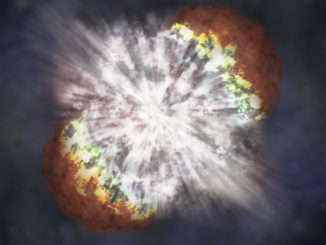
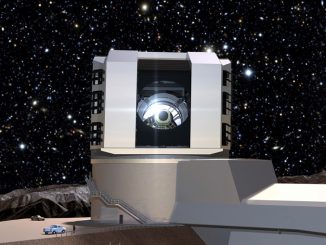

Record-breaking dwarf satellite galaxy of the Milky Way discovered
An international team has found an extremely faint dwarf satellite galaxy of the Milky Way using the Hyper Suprime-Cam (HSC) on the 8.2-metre Subaru Telescope located at the Mauna Kea Observatory on Hawaii. Named Virgo I, the galaxy lies 280,000 light-years away in the constellation of Virgo. The galaxy may well be the faintest satellite galaxy yet found.
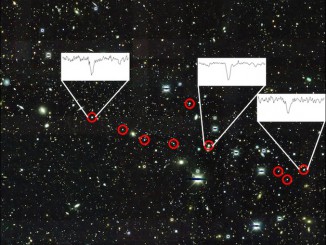
Ancient dwarf galaxy preserves record of catastrophic event
The lightest few chemical elements formed minutes after the Big Bang. Most heavier elements in the periodic table are created by stars, either from internal nuclear fusion or in catastrophic explosions. New observations of a dwarf galaxy discovered last year show that the heaviest elements, such as gold and lead, are likely left over from rare collisions between two neutron stars.
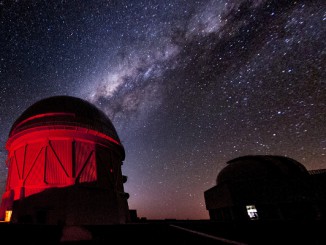
Report of first search for visible light associated with gravitational waves
Catastrophic mergers of binary black holes have been shown to generate gravitational waves, but they can also produce brilliant fireworks of light. Now a team of astronomers has used the Dark Energy Camera (DECam) mounted on the 4-metre Blanco Telescope in Chile in the first detailed search for a visible counterpart of a gravitational wave event.

Q Continuum computer simulation models birth of universe
Researchers are sifting through an avalanche of data produced by one of the largest cosmological simulations ever performed. The simulation, run on the Titan supercomputer at the U.S. Department of Energy’s Oak Ridge National Laboratory, modelled the evolution of the universe from just 50 million years after the Big Bang to the present day.
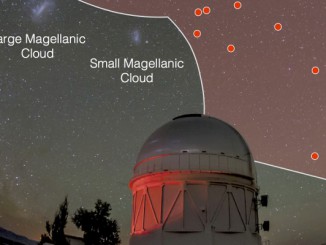
Dark energy survey finds eight more galactic neighbours
Scientists on the Dark Energy Survey, using one of the world’s most powerful digital cameras, have discovered eight more faint celestial objects hovering near our Milky Way galaxy. Signs indicate that they, like the objects found by the same team earlier this year, are likely dwarf satellite galaxies — the smallest and closest known form of galaxies.

A cold cosmic mystery solved
Since its discovery over a decade ago on a map of the cosmic background radiation left over from the Big Bang, astronomers have puzzled over the so-called Cold Spot — possibly the largest individual structure ever identified by humanity. Now, a team led by researchers from the University of Hawaii may have found an explanation for its existence.
